12 Things You Probably Didn't Know About the Toyota Camry
Introduced four decades ago, this bestselling family sedan is the source of plenty of trivia.
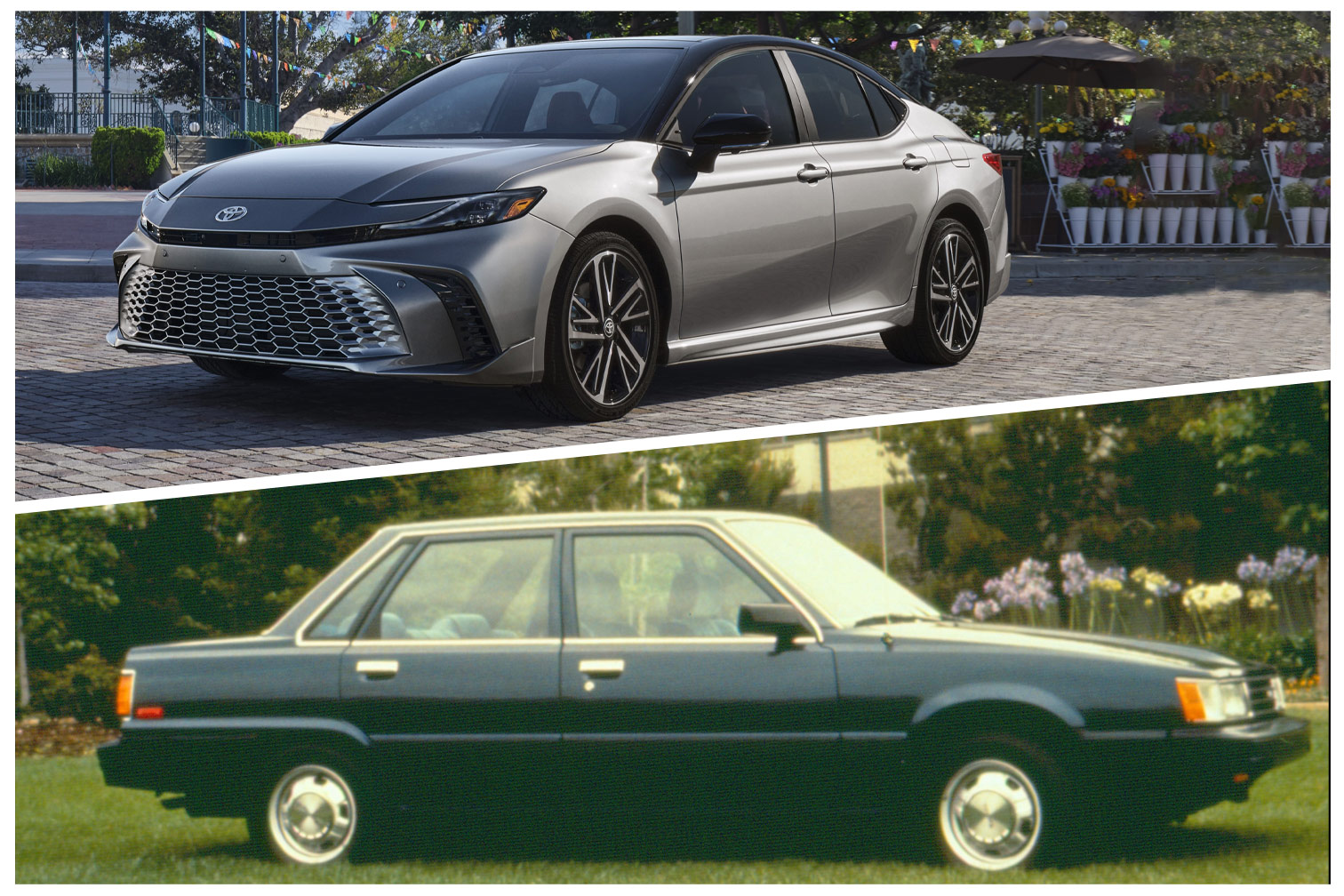 Toyota
Toyota
From its debut 41 years ago to now, the Toyota Camry sedan has appealed to many drivers in the U.S. market with its relatively trouble-free operation, smart engineering, and efficient cabin packaging. Also, back in the early 1980s, the Toyota's frugal 38-mpg fuel economy beat out Detroit's economy-minded rivals.
If you can't recall which vehicles those homegrown rivals were, that's part of the point. None lasted as long as the tried-and-true Toyota has. Over the course of its life, the Camry has ascended the sales charts to become the best selling family sedan in the U.S.
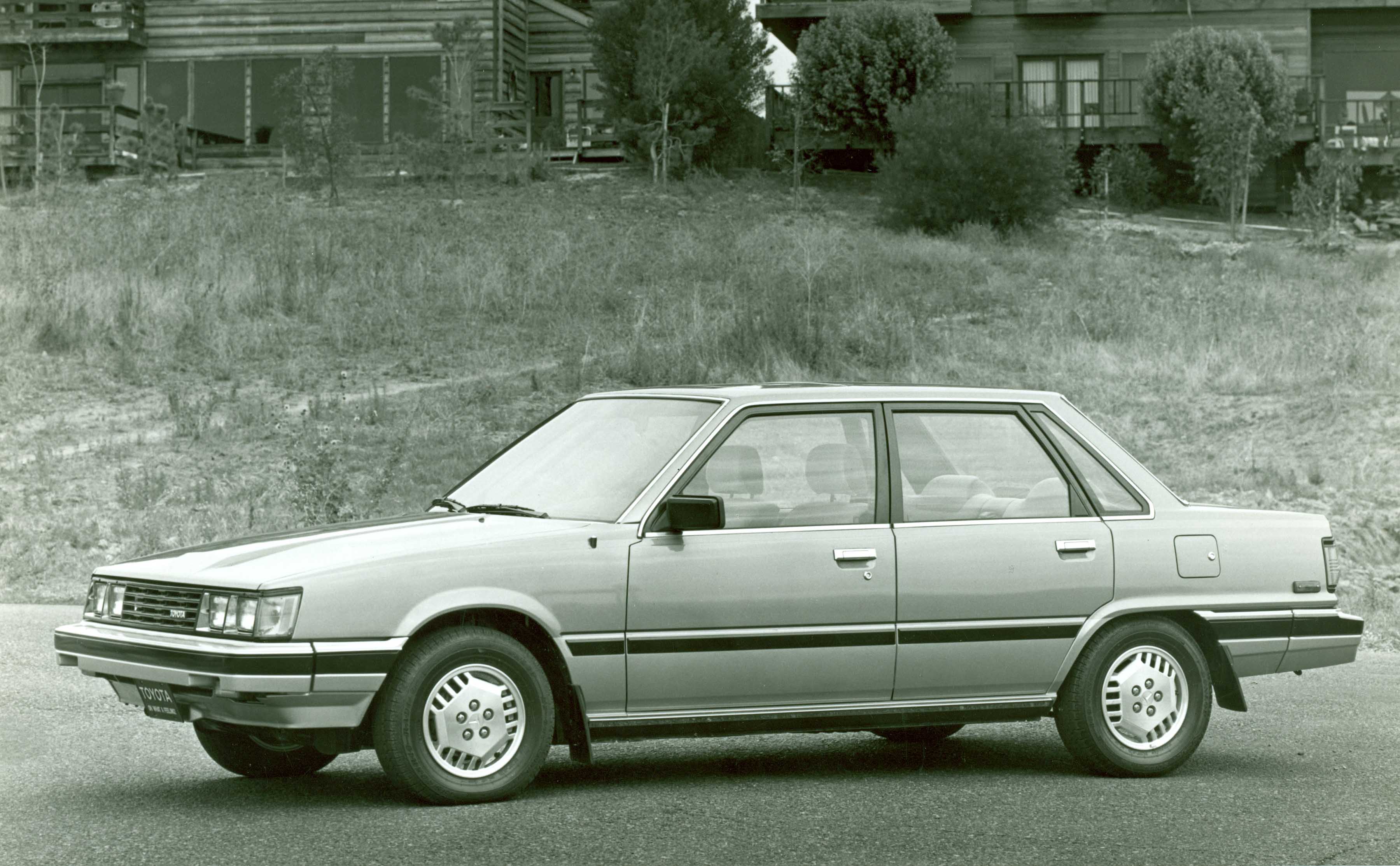 Toyota
Toyota
The Camry's First Generation Was a Hit From the Get-Go
Replacing the Corona in Toyota's lineup, made-in-Japan Camrys started arriving stateside in 1983. Americans snapped up 52,651 units, a solid start for a "foreign" compact offered as a four-door sedan or five-door hatchback. The four-cylinder Toyota making 92 horsepower was notably slow.
The Original Camry Marked a New Drivetrain Direction for Toyota
Unlike Toyota's first front-wheel-drive (FWD) car, the budget-minded Tercel with its longitudinally mounted engine, the inaugural Camry turned its engine sideways. The space-saving transverse layout now found in many modern FWD cars gave the compact Camry more interior space. The design also saved fuel, eliminated a weighty driveshaft, and created a shorter path from the engine to the driven wheels.
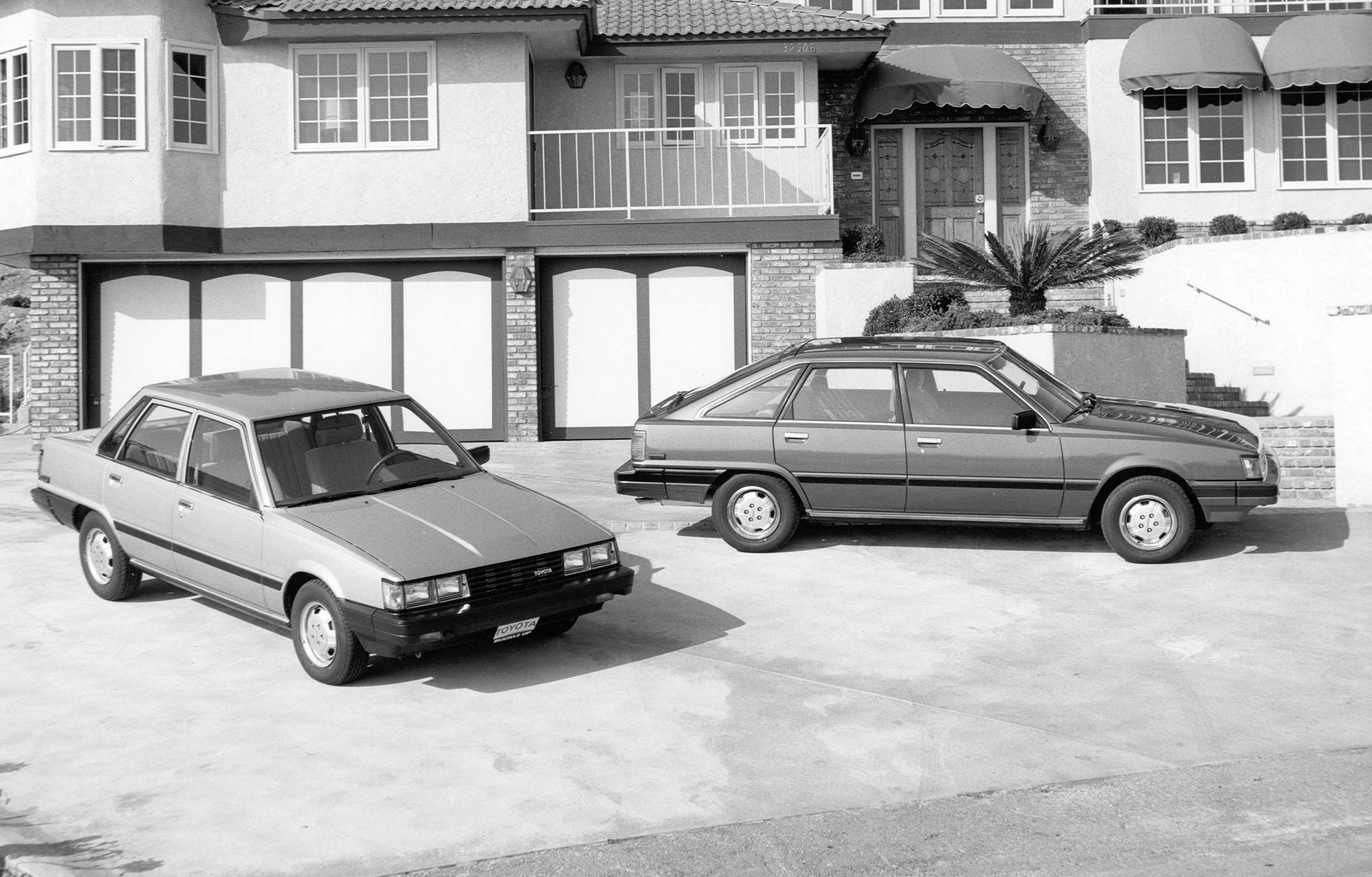 Toyota
Toyota
The Camry's Name Is a Take on the Word Crown
Camry is a take on kanmuri, the Japanese word for crown. Toyota took a similar approach to other Japanese-market models, such as the Crown, Corona, and Tiara. The Corolla adopted the Latin word for little crown, and in Australia, the Camry's Atara trim was inspired by the word atarah, which means crown in Hebrew.
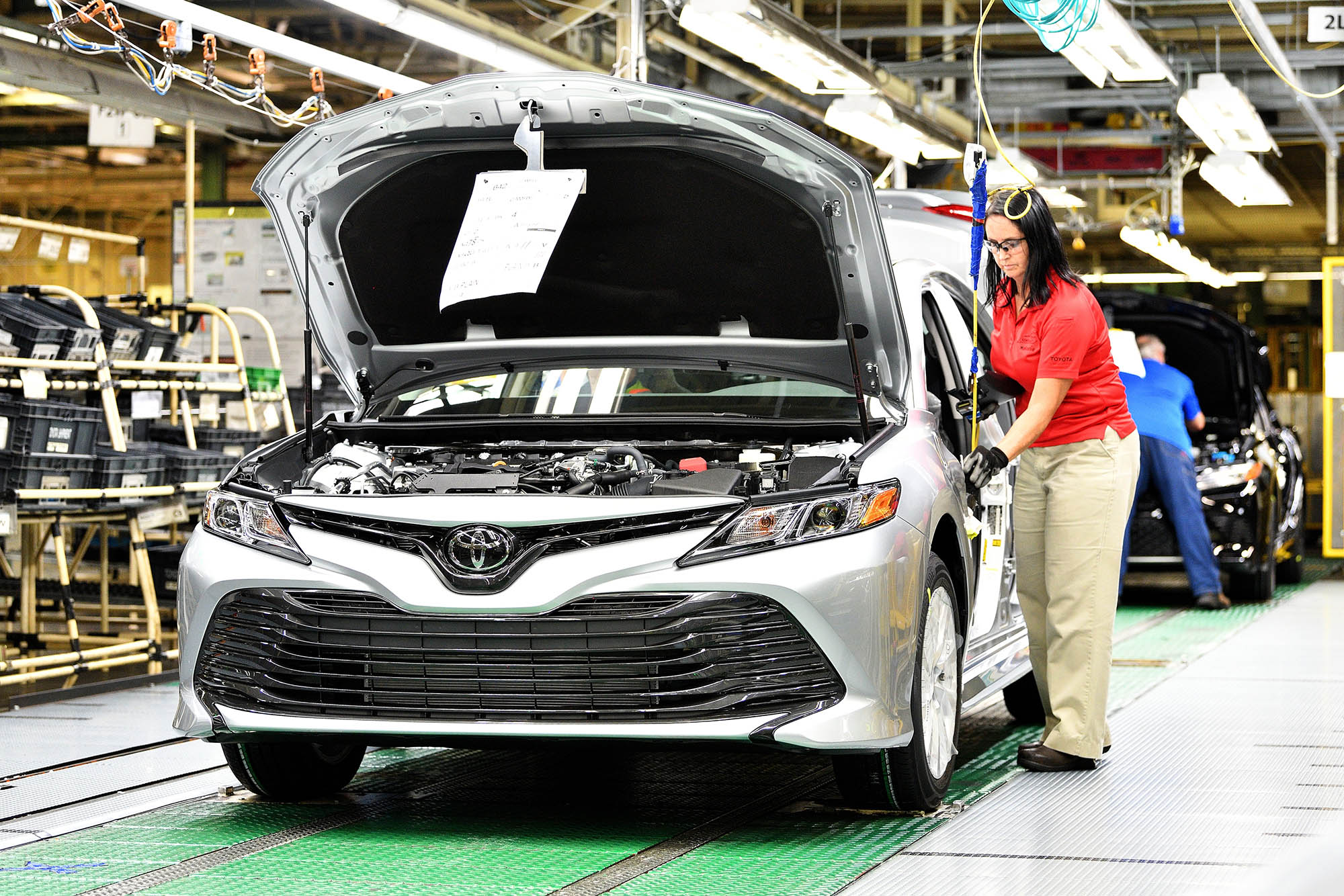 Toyota
Toyota
Toyota Has Been Building Camrys in Kentucky for About 35 Years
The Japanese automaker broke ground on its first U.S. plant, Toyota Motor Manufacturing Kentucky, in 1986, with the first Camrys rolling off the line in May 1988. Today, the Georgetown, Kentucky, factory is the largest in Toyota's global empire, with about 10,000 full-time workers and a capacity to build approximately 550,000 cars annually. In 2021, the plant churned out its 10 millionth Camry.
 Toyota
Toyota
The Camry First Gained V6 Power in 1988
For 1987, the second-generation Camry sedan and a new station wagon arrived. The next year, an optional V6 making 153 horsepower debuted. The six-cylinder replaced the short-lived diesel option, with Toyota ads boasting that V6 Camry drivers would "own the passing lane to a new world of driving pleasure."
Camry Took a Three-Decade Break From AWD, but It's Back
A new All-Trac all-wheel-drive (AWD) system was offered for the first time in a Camry in the late 1980s but was dropped after 1991 in the U.S. Nearly three decades later, Toyota brought back an AWD system in mid-2020. The redesigned-for-2025 Camry continues with an AWD option.
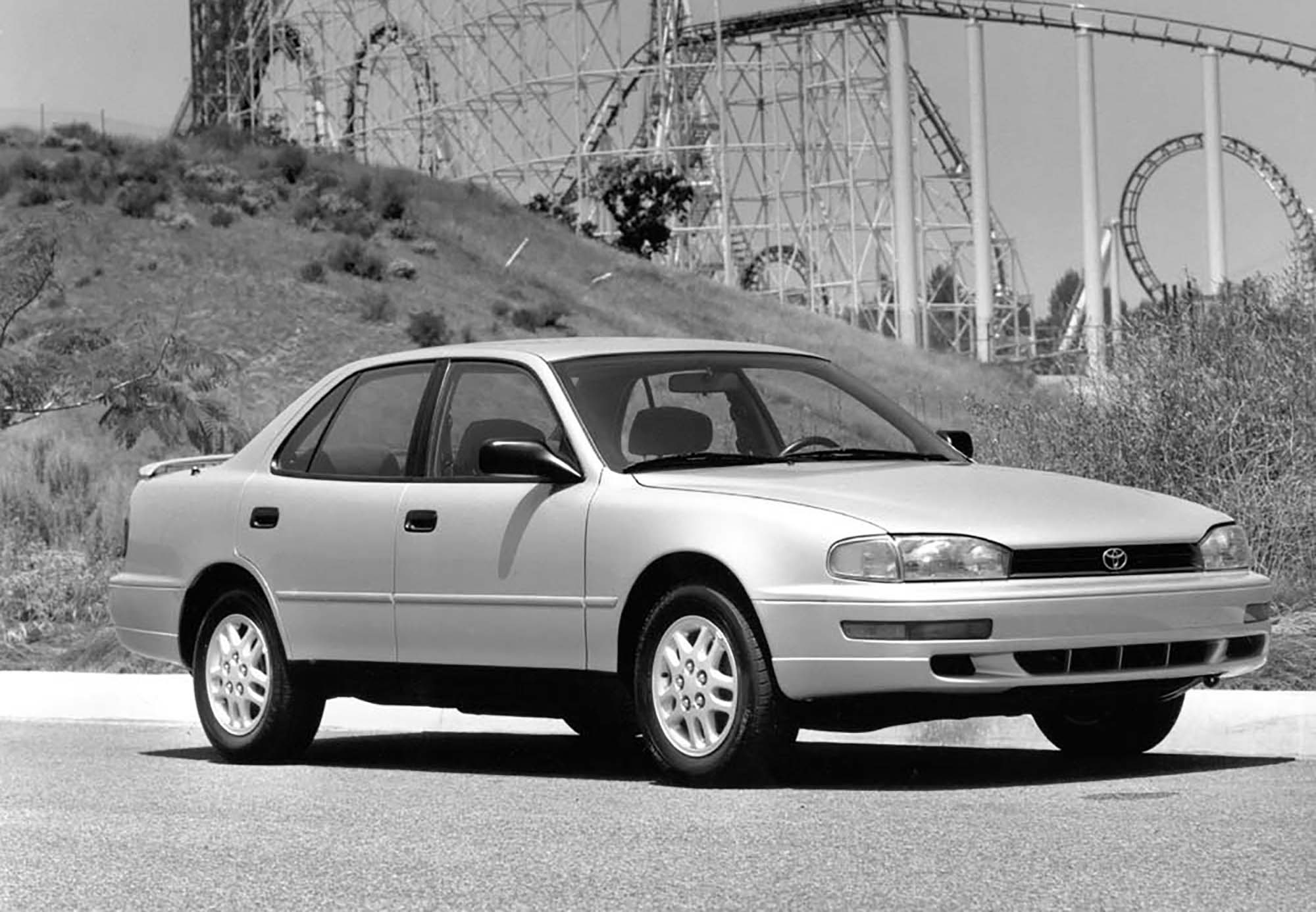 Toyota
Toyota
The Camry Has Grown Substantially Over the Years
Like many cars that remain on sale over a long period, the Camry has continued to get larger. Back in 1983, the Camry measured just 175 inches between its bumpers. Today's car is more than a foot and a half longer.
The third-generation 1992 model marked a sea change for the Toyota family sedan, which grew to about 192 inches, or the better part of a foot longer than its predecessor. For the first time, a wide-bodied Americanized Camry differed noticeably from the models offered in Japan.
According to EPA measurements, the 1992 Camry's growth spurt made it officially a midsize family sedan. The redesigned Camry marked a high point in smooth-skinned styling, engineering, and sophisticated comfort. The car also featured triple-sealed doors and asphalt body mounts to help banish road noise.
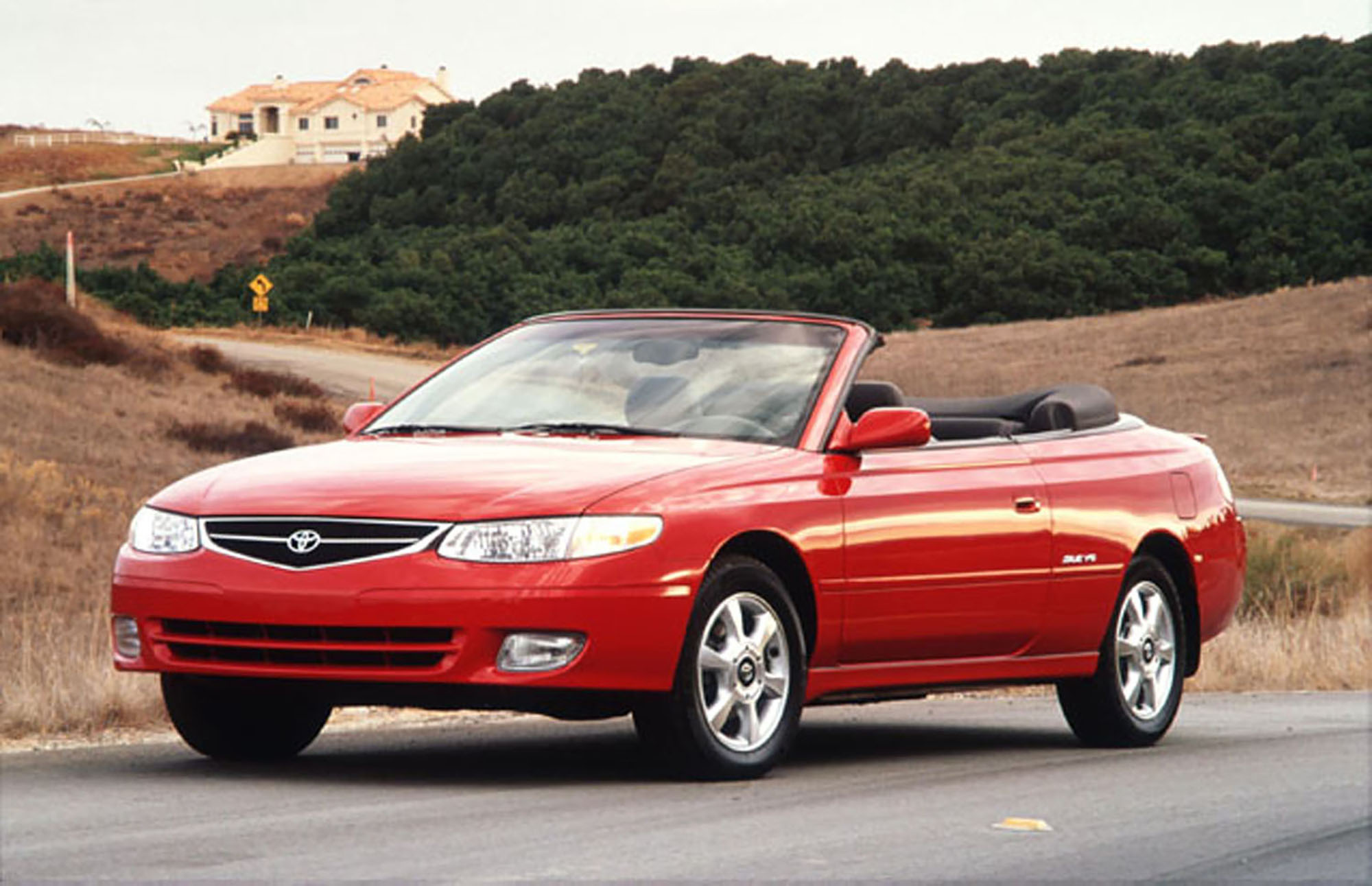 Toyota
Toyota
Coupe and Wagon Camry Versions Were Once Available
The Camry family at one point offered a wider variety of body styles. In addition to a wagon replacing the hatchback for 1987, a relatively sporty two-door Camry coupe followed in the early 1990s, complete with a rear decklid spoiler. In 1999, Toyota offered a pair of two-door Camry choices: the Solara Coupe and Solara Convertible.
 Toyota
Toyota
The Camry Goes NASCAR Racing
Toyota entered a Camry-styled stock-car racer in the 2007 NASCAR Cup Series. The Japanese automaker started slowly but took the checkered flag in multiple races in 2008.
After a few close calls, the Camry stock car won its first Cup Series driver's championship in 2015, with Kyle Busch piloting the candy-colored, M&M's-sponsored Toyota. And by the end of the 2022 season, four of the top 10 Cup Series drivers piloted Camrys.
The Camry Was Dealt an Unexpected Reliability Blow Over Oil Sludge in 2007
Toyota's reputation for sterling reliability — further enhanced by the success of its Lexus luxury brand — took its first serious blow when the automaker was hit with a class-action lawsuit. The lawsuit centered around sludge-clogged V6 and four-cylinder engines sold in the late 1990s and early 2000s, including in the Camry.
Toyota initially denied its engines were at fault. But the automaker eventually settled in 2007, compensating owners of about 3.5 million vehicles.
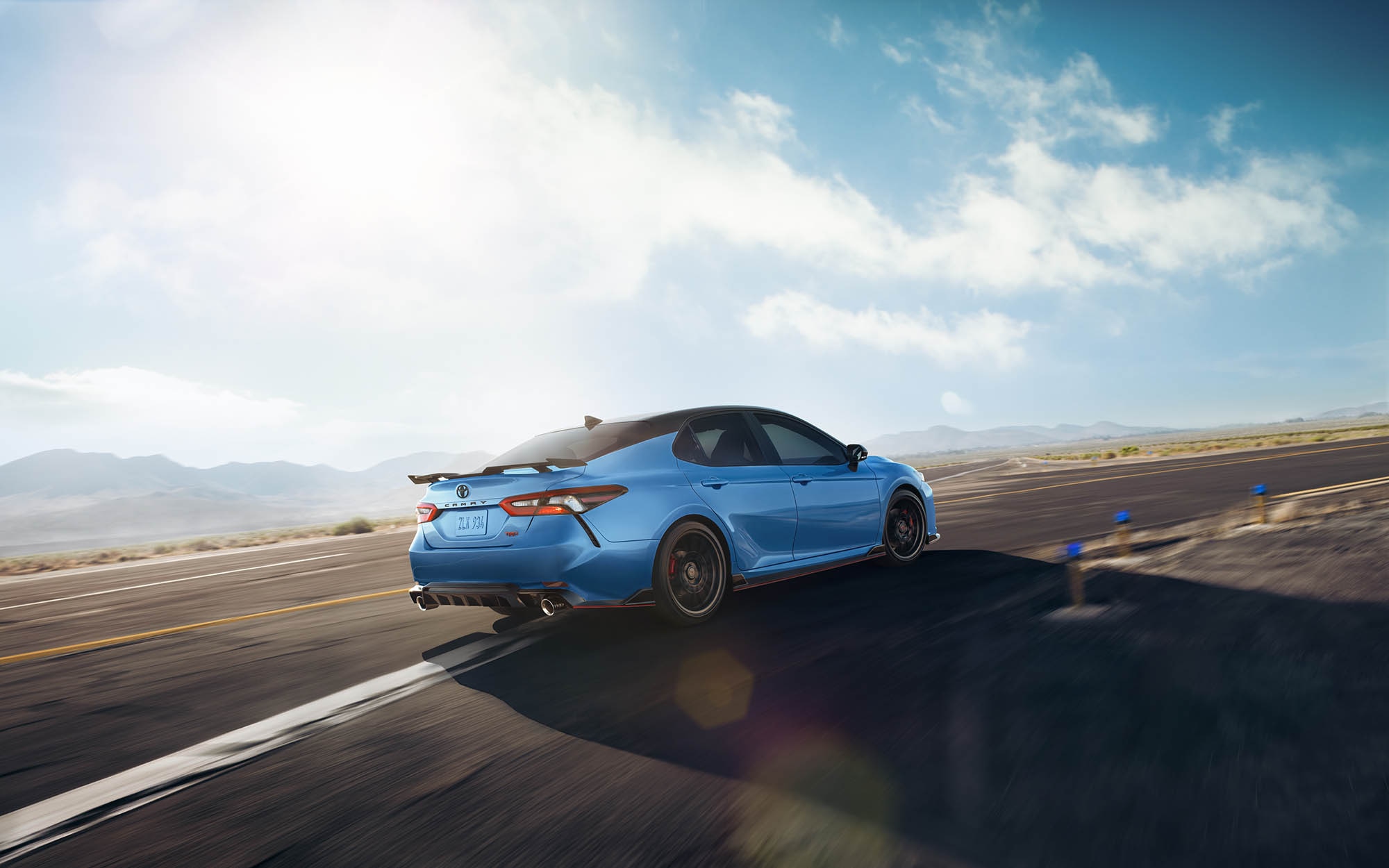 Toyota
Toyota
22 Years and Counting for Sedan Sales Streak
If you count only retail showroom sales, Honda will argue that its Accord has, at times, been the most popular midsize sedan in the U.S. But throw in rental-fleet figures, and the Camry has been this country's best selling midsize sedan for 22 consecutive years.
Toyota said it sold 290,649 Camrys in 2023, which put it about 58,000 units above the Tesla Model 3's 2023 figures and about 92,000 above the Accord's. The salad days of sedans may be over, but the Camry's 2023 tally still got the car on the list of the year's 10 bestselling vehicles.
The Midsize Sedan King Has Been Exiled From Its Home Country
In 2023, Toyota announced it would discontinue Camry sales in Japan at the end of 2023, with the sedan finding just 6,000 buyers in 2022. That's just 1 percent of the model's total production from plants in Japan, the U.S., and China, which leaves about 594,000 Camrys a year for the rest of us.
Written by humans.
Edited by humans.
 Lawrence Ulrich
Lawrence UlrichLawrence Ulrich is an award-winning auto writer and regular contributor for a variety of national newspapers, magazines, and web sites. He and his territorial cat are Brooklyn-based. Lawrence is also the proud owner of a fast-but-frustrating 1993 Mazda RX-7 twin-turbo R1.
Related articles
View more related articles